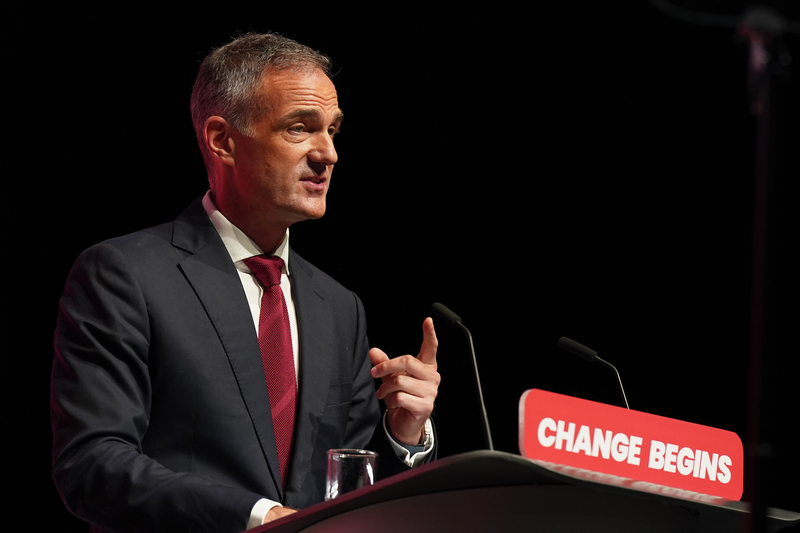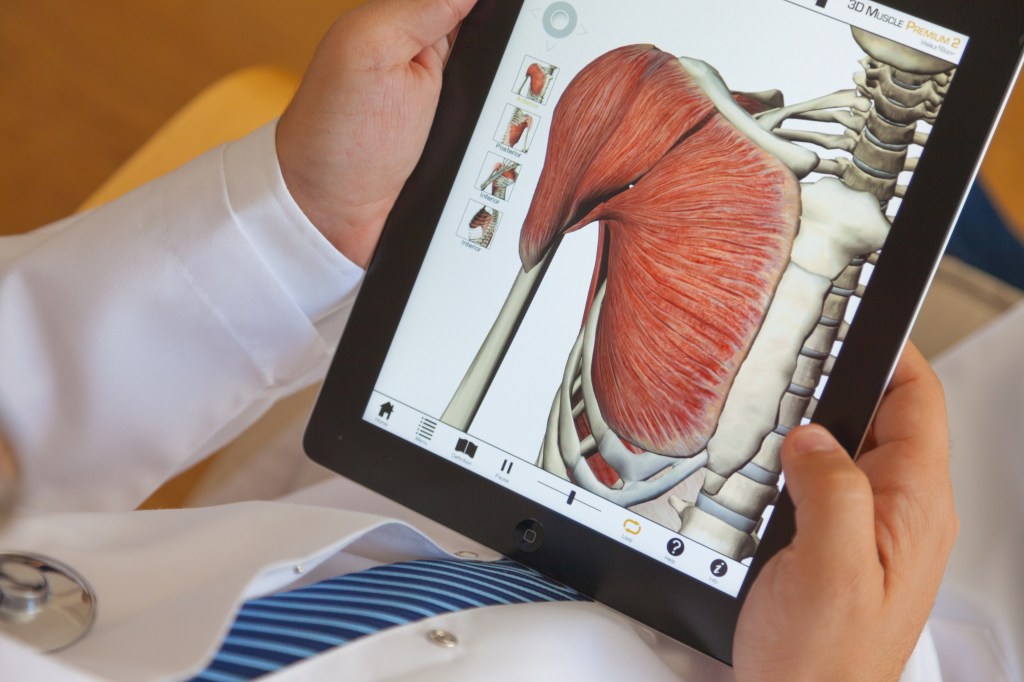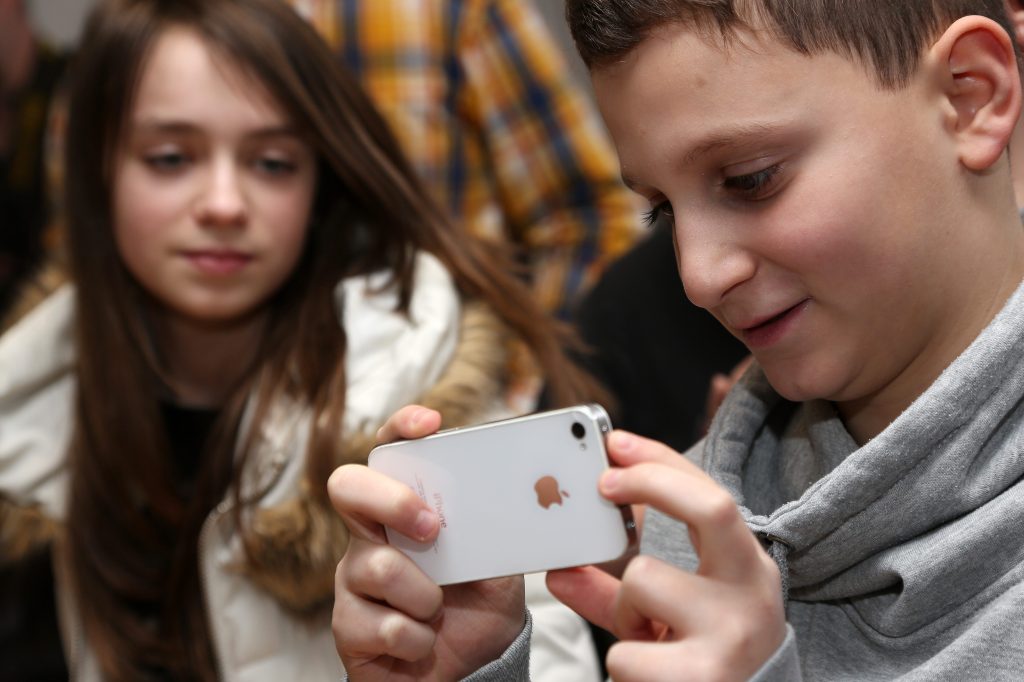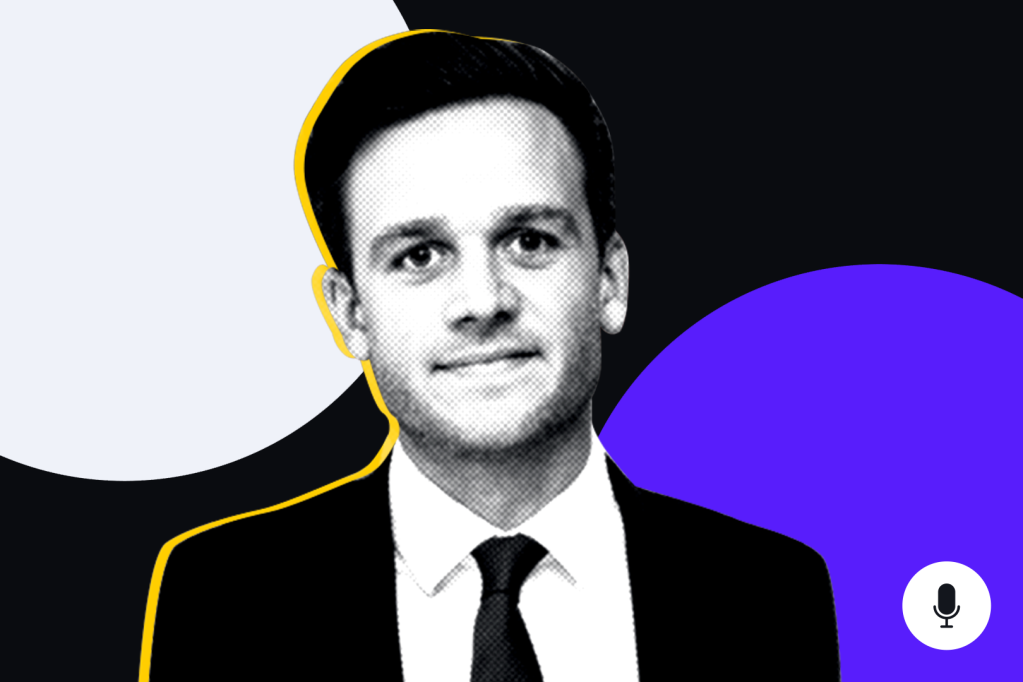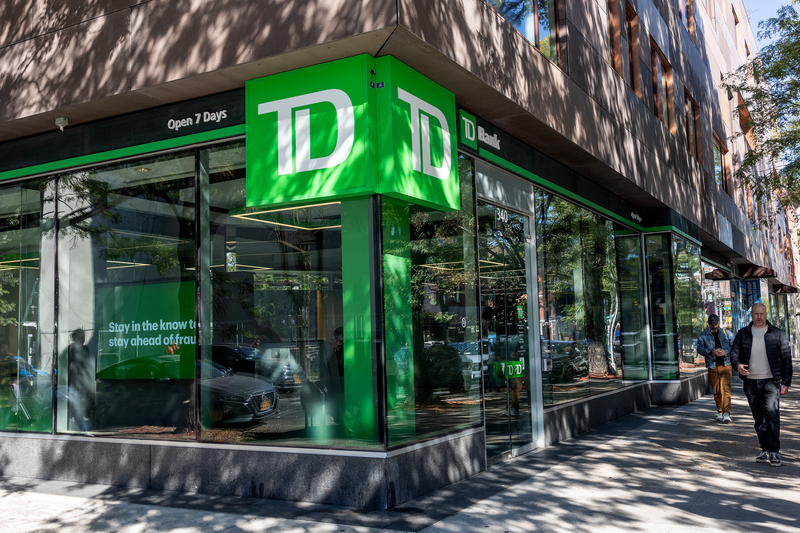TD Bank and its employees had no idea their crimes would be revealed in May of 2021 when Special Agents of the IRS and DEA arrested Da Ying Sze (AKA David). Six years before his arrest, David had began laundering mountains of cash generated from the sale of drugs, including deadly fentanyl, that killed tens of thousands of residents in the United States.
Most of the $653m in currency he cleaned went through the TD Bank laundromat, but six other banks maintained accounts for him and moved more than $180m of the narco-proceeds he laundered as a black money market broker.
While working undercover for five years I was a black money market broker for drug cartels and laundered tens of millions in dirty cash.
Underworld money brokers like David buy US dollars from traffickers and sell to dollar-starved businessmen around the world that give up something of value passed through the broker to the trafficker. I should know. While working undercover for five years I was a black money market broker for drug cartels and laundered tens of millions in dirty cash.
Only months after his arrest, David and his lawyer received a proposed Plea Agreement from US authorities. As noted in the document, he would only face a maximum of 10 years in prison because, among other things, “he assisted authorities and timely accepted a plea.” As law enforcement jargon has it, “he rolled on his co-conspirators and told the government everything.”
Fast forward about three and a half years after his arrest and TD Bank admitted to several crimes in its Plea Agreement, including conspiracy to commit money laundering with David and others.
Make no mistake about it, as confirmed by the Department of Justice (DOJ) in its press release announcing TD Bank’s eagerness to pay a $3 billion fine to wipe away its crimes: “TD Bank did not disclose its wrongdoing.” The government’s investigation of TD Bank and the conduct of its employees revealed much more laundering than the mere $470m in cash dumped on their teller windows by David and his cohorts.

Two other separate money-laundering organizations got VIP money-laundering services at TD Bank. First, $120m in cash was washed for a group claiming to control precious metals and jewellery businesses, “fronts” well known to be used by launderers for decades.
Then there was $39m moved by a separate laundering group from Florida to Colombia with the help of five corrupt TD Bank employees. That group moved bank balances from Florida-based personal and business accounts through roughly 195,000 ATM cash withdrawals at ATMs in Colombia, a country in which TD Bank has no presence.
This article focuses only on red flags related to the relationship TD Bank maintained with David and his co-conspirators.
According to the plea agreement signed by TD Bank executives and DOJ attorneys, the bank laundered David’s dirty cash because the institution maintained outdated anti-money laundering compliance software and other procedures. With all due respect, are you kidding me?
As noted in a treatise I submitted to Jesus College in Cambridge, England, 14 years ago: “Although maintenance of a competent Anti-Money Laundering Compliance Program is required by law, the real measure of a financial institution’s risk from organized crime is directly proportional to the degree with which the business line of an institution genuinely embraces, participates in, and benefits from the anti-money laundering protocols established by the institution’s compliance function.
“To professionally manage this risk, an institution must establish visible financial and career enhancing incentives for business line personnel that contribute to the compliance mission. The business line must witness employee rewards that confirm an institutional will that promotes risk management over profits. An institution cannot afford to have two separate lines of thinking – one of risk management within compliance and a second of profits within the business line.”
An institution cannot afford to have two separate lines of thinking – one of risk management within compliance and a second of profits within the business line.
The Information filed by the DOJ against TD Bank lists many email exchanges between front line employees about David’s accounts, including branch managers. They all echo an awareness evidenced in this documented email exchange:
Employee 1: How is that not money laundering?
Employee 2: Oh it 100% is.
Bank employees filed numerous internal alerts about the hundreds of millions deposited by David and his buddies that urged TD Bank staff to file Suspicious Activity Reports (SARs). Those were elevated to senior management. There is little room to think that senior management did not know what was going on. The bottom line is that, driven by a business plan, they intentionally did nothing. How is that not conduct of senior management that rises to the level of Conspiracy to Commit Money Laundering, an offense that carries a 20-year prison sentence and, at a maximum, a fine equal to half the value of what David laundered.
Beyond the huge red flags concerning David’s cash deposits, let’s observe the other facts connected to his account that should have shaken the AML core of any well-intended senior executive.
His account records asserted that his businesses were garment and fashion industry concerns in the Northeast US, an industry well known to not receive a million a day in currency in the normal course of business. Second, his cash deposits were quickly withdrawn from each account through domestic and international wires, many to China, a well-known pattern consistent with money laundering.
He also issued checks and got bank checks that were disbursed to third parties in a pattern totally consistent with the North American black money markets that have been dominated by Chinese nationals over the past five years or more. These are all red-flags well known to even the least experienced AML professional.
Having inferior AML software gave senior management their most important alibi.
The most sophisticated AI generated software would have only told senior management what they already knew, that David was laundering drug money. But to what degree does TD Bank’s not having the most sophisticated AI-generated AML compliance software make a difference? Sadly, having inferior AML software gave senior management their most important alibi. It was not their “individual” fault that David laundered more than half a billion dollars at their bank, ‘It was the outdated software that was the bad guy. Individuals of authority were robbed of the information that would have let them know it was occurring. The humans had no idea this was happening.’
The most important AI advancements that will come from the TD Bank scandal are not what we traditionally think of when we hear “AI”. In this case, the mantra of AI within the TD Bank story should be Arrest the Individual (AI).
According to the DOJ press release concerning TD Bank, as of October of 2024, two TD Bank insiders had been charged. That press release also claimed that David had bribed TD Bank employees with $57,000 in gift cards, but David’s plea agreement tendered to him in November 2021 notes that he bribed bank employees with improper benefits that totalled approximately $3.73m, far more than the $57,000 in gift cards noted in the TD Bank Press Release. We can only hope that law enforcement will soon tell us who got the additional $3m in bribes.
Regardless of whose name is on a CTR, shouldn’t someone be sliding down the brass pole of the fire department and getting into a car to chase down whoever is depositing hundreds of millions?
Separately, we need to look more closely at what the government knew, or should have known, before David decided to “tell all”. Although David’s name only appeared on 20 of the CTRs (currency transaction reports) filed by TD Bank concerning the accounts he and his buddies controlled, the bank did file a total of 584 CTRs, alerting the government about more than $400m in cash deposits by his cohorts.
Why didn’t that cause sirens to go off at FinCEN and the IRS? Is someone monitoring and analyzing the CTRs that are being filed, or are they going into the “black hole”, something I’ve heard said by many AML professionals that file CTRs? Regardless of whose name is on a CTR, shouldn’t someone be sliding down the brass pole of the fire department and getting into a car to chase down whoever is depositing hundreds of millions?
And although David was linked to those accounts by only 20 of the CTRs, he was linked. An analyst could have logically extrapolated that David was likely involved in all those reported cash transactions.
There is a far less costly and complicated method that law enforcement should be using to identify drug cartel money laundering. Like it or not, drug users are not routinely buying fentanyl and meth on the street with crypto. Cash is king. Crypto has an emerging secondary role in drug money laundering, but it is dwarfed by the mountains of cash handled by the many hundreds of “Davids” plopping cash at teller windows.
Beginning 14 years ago, I began writing opinion pieces about the best way authorities can track dirty cash. My first article on this issue was published by the New York Times in September 2010. I suggested that governments worldwide conduct an audit trail in the reverse, meaning they should identify the amount of US dollar cash repatriated each month to their respective central banks and trace it backward.
That will identify which Fed members are repatriating large amounts of cash, and in turn those Fed members can identify the banks from which they received that cash. From there, those banks can be legally forced through due process established in the Patriot Act to identify which banks and accountholders gave them big amounts of cash. It is a simple audit trail.
Had authorities adopted another written proposal I made about requiring account relationship managers to swear under oath, in an affidavit, in response to key questions about any account in which $5m or more is deposited per year, the account relationship managers that onboarded David’s accounts and the accounts of the other money laundering networks would have been much more easily prosecuted for their willful misrepresentations about the source of the money deposited into these accounts.
Throw the key away every time you prosecute a corrupt banker. They facilitate the success of cartels and are as responsible for fentanyl deaths as the pusher that sells lethal drugs to your kids.
Rather than worry about every tiny risk that might exist in an institution, if we want to get serious about identifying and prosecuting money launderers and corrupt bank officials, we need to employ an approach of Occam’s Razor. Quit the game of blaming inferior AML automated systems, that’s a game regulators can handle. From a criminal prosecution perspective, keep it simple, deal with the real issues, and throw the key away every time you prosecute a corrupt banker. They facilitate the success of cartels and are as responsible for fentanyl deaths as the pusher that sells lethal drugs to your kids.
Without the bankers, the traffickers cannot hide, and dirty launderers cannot create a veil of plausible deniability. We need to stop their claims of ”Oh, this would have never happened if we had updated our software.” Yeah, right.
Robert Mazur, a federal agent for 27 years, is a court-certified expert in money laundering-related matters in both the US and Canada. He is the New York Times bestselling author of The Infiltrator, a memoir about the first half of his life undercover as a money launderer within Pablo Escobar’s Medellin Cartel, and was an executive producer of the film by the same name. His new book, The Betrayal, is a memoir about his final undercover assignment, a deep dive into Colombia’s Cali Cartel and Panama’s underworld that nearly cost him his life. He is president of KYC Solutions, a company that provides speaking, training, consulting, and expert witness services globally.








